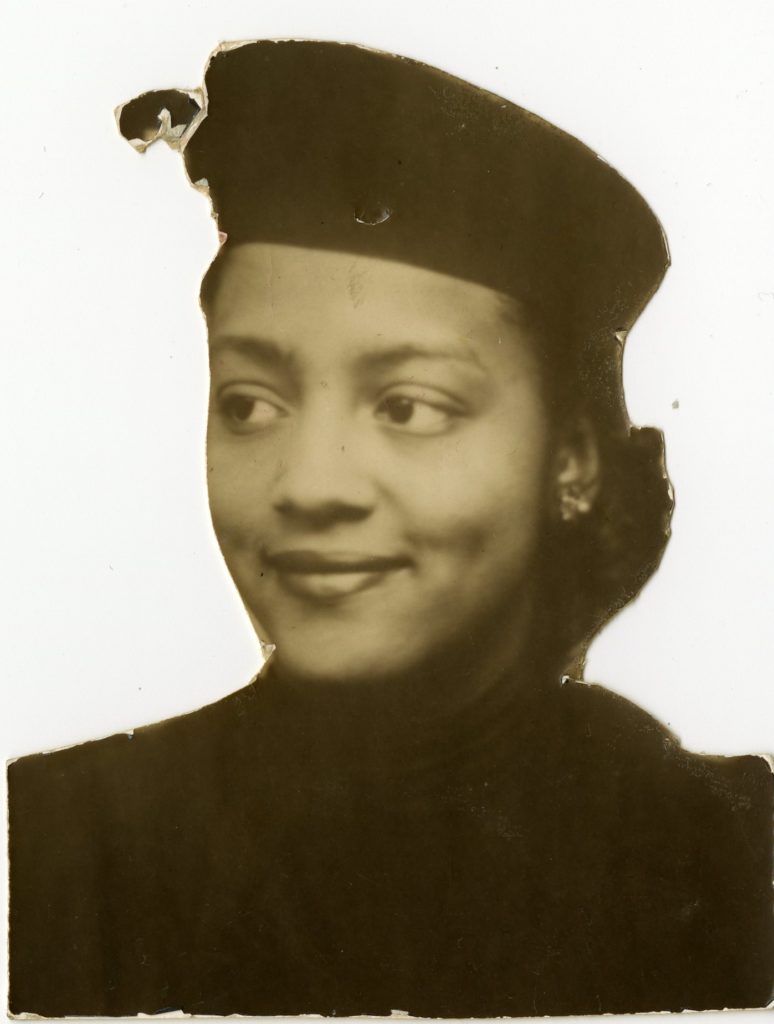For eighty years, a story has remained buried under the tales of the great men of Kansas City jazz, from Count Basie to Charlie Parker. Living and playing alongside them was another legend, pianist Margaret “Countess” Johnson, one of the first women to lead a career as a jazz musician in Kansas City.
Unfortunately, Johnson’s life was very short—she died at just twenty years old. Very little survives of Johnson today: only two identified photos; a handful of recordings from a 1938 session with Billie Holiday, including “The Very Thought of You,” that display her effortless phrasing; a few article clippings; and a couple of anecdotes passed down through the Johnson family tree.
So what do we know about Countess?
Margaret Johnson, who later earned the nicknames “Countess” and “Queenie,” was born in 1919 in Chanute, a small Kansas town roughly one hundred and twenty miles southwest of KC. Her family eventually relocated to KCK, and she graduated from Sumner High School in 1935. Upon graduation, her career took off at a full sprint at just sixteen years old.
Johnson immediately formed her own big band in addition to playing piano for some of the most popular groups in the area. She quickly worked her way up the ladder, even subbing for Count Basie himself in the Count Basie Orchestra. For the next couple of years, Johnson strengthened her chops, steadily playing with a variety of groups, including her own.
In 1938, Johnson was given a bigger opportunity—to play with Andy Kirk’s Clouds of Joy, subbing in for her musical hero who had fallen ill, Mary Lou Williams. At the last minute, Johnson stepped in for a single gig, a fraternity party at MU. She had studied every recording by the Clouds of Joy, examining and memorizing the intricacies of Williams’s highly stylized playing. Andy Kirk was more than impressed. For the next four months, Johnson toured with the Clouds of Joy all across the country.
Jazz artists of the era lived notoriously hard and fast lives. Somewhere along the way, Johnson herself fell ill among all of the excitement and fatigue from road life. She continued to tour, even spending some time in New York City to record with Billie Holiday, the only commercial recording Johnson appears on.
After several months of declining health, Johnson died in KCK in July 1939 at the age of twenty. While the loss of this young star was devastating to the community, with her funeral drawing hundreds of musicians to Westlawn Cemetery, her name and legacy quickly became forgotten.
Countess was just months older than a young Charlie Parker and was on a very similar trajectory. We’ll never know what she could have become—but we can at least remember what she was.
GO: To learn about more underrepresented figures in Kansas City jazz, as well as listen to Johnson’s recordings with Billie Holiday, visit countessdatabase.com.






